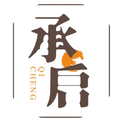
There was originally no path on the ground, but as more people walked, it became a path.
There was originally no phlegm in the body; when body fluids accumulate, they become phlegm.
In many people’s impressions, phlegm is merely the viscous substance coughed up, such as white phlegm, green phlegm, or frothy phlegm… it is a form of “tangible phlegm”.
In fact, phlegm is a form of dampness, transformed from body fluids. When it flows, it is liquid; when it accumulates, it becomes phlegm. When the distribution and transformation of water and fluids in the body are abnormal, body fluids can stagnate or flow between the organs and tissues, resulting in “intangible phlegm”.
Therefore, any metabolic product within the body can be referred to as: phlegm.
Phlegm
Dampness
Heavy
People
Phlegm-dampness is a concentration of dampness. You can assess your condition based on your experiences and feelings over the past year; if most of the symptoms match, you can preliminarily judge that you have a phlegm-damp constitution or a combination of phlegm-damp constitution.
Sticky feeling in the mouth
Often feeling chest tightness or abdominal fullness
Often feeling heavy and sluggish, easily fatigued
Overweight individuals often have phlegm-dampness, with a soft and full abdomen
Excessive oil secretion on the forehead
Frequent phlegm production, always feeling like there is phlegm stuck in the throat
Swollen upper eyelids (slightly raised upper eyelids)
Thick tongue coating
Often craving sweet and greasy foods
Excessive and sticky sweat
Where does phlegm come from, and where does it go?
Phlegm is transformed from body fluids. The generation, distribution, and excretion of body fluids are complex processes involving multiple organ physiological activities.
Thus, traditional Chinese medicine states that the spleen is the source of phlegm production, the lungs are the storage for phlegm, and the kidneys are the foundation for phlegm production.
The spleen is the source of phlegm production
The spleen governs transformation and transportation, not only of food but also of body fluids.
The upward and downward movement of body fluids relies on the pivot of spleen qi; only when the spleen’s function of transforming and transporting body fluids is normal can the water essence be distributed without stagnation of phlegm and dampness.
Excessive thinking, prolonged exposure to damp environments, getting wet in the rain, and consuming rich, cold, and greasy foods can damage the spleen, weakening its transformation function, leading to internal stagnation of dampness and the formation of phlegm. Conversely, when the spleen is troubled by phlegm-dampness, a vicious cycle occurs: the weaker the spleen, the more phlegm accumulates.
The lungs are the storage for phlegm
The lungs govern the movement of water, regulating the distribution and excretion of body fluids throughout the body.
They distribute body fluids upward to moisten the skin, muscles, and orifices, and descend to moisten the five internal organs and six bowels.
The phlegm produced by the spleen is transported upward to the lungs; when the lung’s function of moving water is abnormal, the water and fluids that the spleen transfers to the lungs cannot be properly distributed, turning the lungs into a large phlegm container.
The kidneys are the foundation for phlegm production
The Huangdi Neijing states, “The kidneys are the water organ, governing body fluids”; the kidneys play a decisive role in the transmission of body fluids. The regulation of body fluid distribution by the kidneys mainly relies on the warming and vaporizing action of kidney yang.
The transformation by the spleen and the descending action of the lungs depend on the vaporizing action of the kidneys. If the vaporization fails, the transformation by the spleen and the descending action of the lungs will be affected, leading to abnormal regulation of body fluid distribution, stagnation of dampness, and accumulation of phlegm!
All diseases arise from phlegm. “Phlegm can move with qi, reaching everywhere”; phlegm can accumulate and reside in various tissues and organs, lingering and transforming, causing various diseases.
Thus, since ancient times, there has been a saying: “All diseases are caused by phlegm” and “strange diseases often stem from phlegm treatment”.
Tangible phlegm and fluids, whether white or yellow, clear or thick, are often related to the lungs and stomach.
Intangible phlegm and fluids can cause coughing in the lungs, vomiting in the stomach, palpitations in the heart, dizziness in the head, coldness in the back, fullness in the chest, distension in the sides, diarrhea in the intestines, swelling in the meridians, and numbness in the limbs.
Phlegm accumulates in the spleen and stomach
Phlegm is first generated in the spleen; if phlegm-dampness lingers in the stomach, it can lead to loss of appetite, nausea, vomiting, fatigue, heaviness, and a white, greasy, and enlarged tongue coating.
Phlegm obstructs the lungs
Coughing and phlegm production are common symptoms of many respiratory diseases, such as chronic bronchitis, chronic obstructive pulmonary disease, bronchial asthma, and chronic pharyngitis. Phlegm is both a pathological product of these diseases and, if not expelled smoothly, can worsen the condition.
Phlegm disturbs the heart orifices
Traditional Chinese medicine believes that the heart is the “ruler of the body”; when phlegm flows through the body’s qi and meridians and disturbs the heart, it can lead to disordered mental activity.
When phlegm-fire disturbs the heart orifices, symptoms such as irritability, insomnia, and vivid dreams may occur. When phlegm turbidity obscures the heart orifices, it can lead to severe conditions such as loss of consciousness or confusion.
Phlegm stagnates in the liver meridian
The liver governs emotional activities; emotional distress can lead to liver qi stagnation, causing phlegm and qi to congeal, inducing disease.
Phlegm stagnation in the liver mainly manifests as chest and side pain, irritability, and a sensation of a foreign body in the throat.
Phlegm moves in the kidneys
This often results from prolonged illness and kidney yang deficiency, or from deficiency fire scorching body fluids to form phlegm. Symptoms may include shortness of breath, worsening upon exertion, or edema and cold intolerance, with symptoms such as low back pain, frequent urination, dizziness, tinnitus, and a red tongue with little coating.
Phlegm flows through the meridians
The meridians play an important role in circulating qi and blood throughout the body and connecting the limbs and organs. When phlegm flows and obstructs the meridians, it can hinder the circulation of qi and blood, leading to corresponding symptoms such as dizziness, numbness in the hands and feet, and hemiplegia.
How to nourish a phlegm-damp constitution? The best method is to ensure that the spleen and stomach do not produce phlegm.
The generation of phlegm-dampness is due to two main reasons: first, spleen qi deficiency leads to weak transformation and transportation, causing food and fluids to stagnate and transform into dampness and phlegm; second, excessive consumption of rich, cold, and greasy foods damages the spleen and stomach, leading to phlegm production.
The best way to eliminate phlegm is to “eat less raw and cold foods”. If the spleen and stomach cannot transform, we need to assist them in their function. Eating meat and sweets is fine, but the key is to help the body process them.
Dang Shen (Codonopsis), Bai Bian Dou (Hyacinth Bean), Sha Ren (Amomum), Chen Pi (Dried Tangerine Peel), Huai Shan (Chinese Yam), Yi Yi Ren (Job’s Tears), Fu Ling (Poria), Chi Xiao Dou (Adzuki Bean), Dong Gua Pi (Winter Melon Skin), Bai Jie Zi (White Mustard Seed),all have certain phlegm-resolving and dampness-eliminating effects.
You can also try acupressure to help eliminate phlegm.
Feng Long (Fenglong) pointis a key point for phlegm resolution, whether tangible or intangible. It is especially suitable for those who find it difficult to cough up phlegm from the throat; regular massage can help phlegm be expelled more easily.
Press the Feng Long point with your thumb for 1-3 minutes daily for improvement.
Click the image to view point details
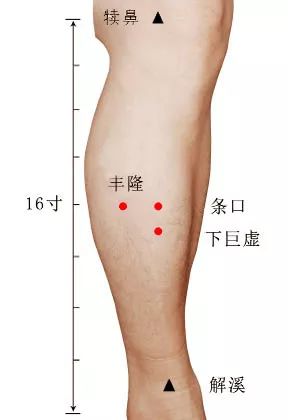
Method: Use your thumb to press the Feng Long point for 1 minute, then massage the point in a clockwise direction for 2 minutes, and finally rub the Feng Long point downward for 2 minutes.
Fei Yu (Feiyu) point is suitable for various phlegm-related diseases, as it can increase lung ventilation, lung capacity, and oxygen consumption, helping phlegm expulsion.
Click the image to view point details
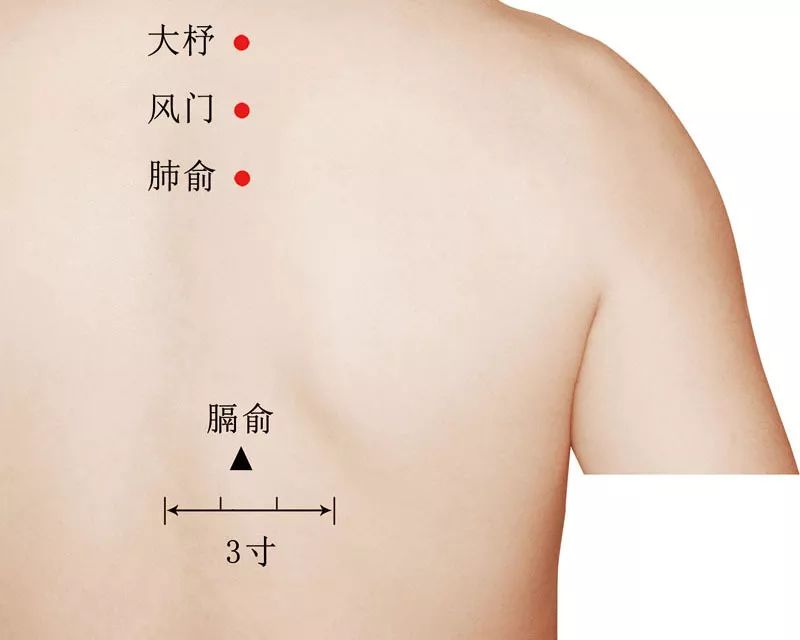
The patient lies on the bed, and the practitioner places their thumbs on both sides of the Fei Yu points, gradually applying pressure and massaging until a sensation of soreness and numbness is felt.
Then, using the base of the thumbs, apply slight pressure on the Fei Yu points, rubbing the points for 3-5 minutes, once daily.
In the Qing Dynasty medical text Zheng Zhi Hui Bu, it is stated, “The pathways of qi in the body should be clear and smooth, allowing body fluids to flow; how can there be phlegm? If externally, one is invaded by wind, heat, dryness, and dampness, and internally disturbed by fright, anger, worry, and thought, along with irregular diet and labor, excessive indulgence, and unclear qi and blood, the body fluids will be steamed and phlegm will arise.”Sometimes, the phlegm in life can be unbearable,but ultimately, it is a problem with one’s lifestyle.
——————Further Reading——————
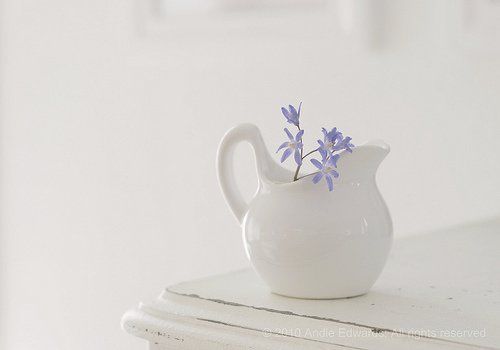
Is your spleen and stomach weak? Learn the simplest methods from ancient people to nourish!
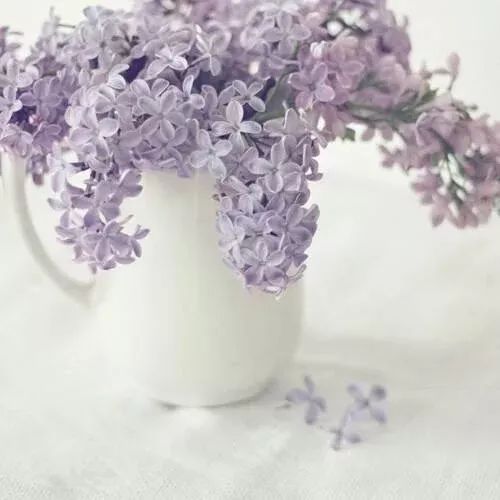
8 million Chinese people have a cancer-causing bacterium, a bad habit that affects the whole family!

4 methods to unblock the Dai Mai, slim the waist and abdomen, and make people comfortable!
Medical Guidance for this Article
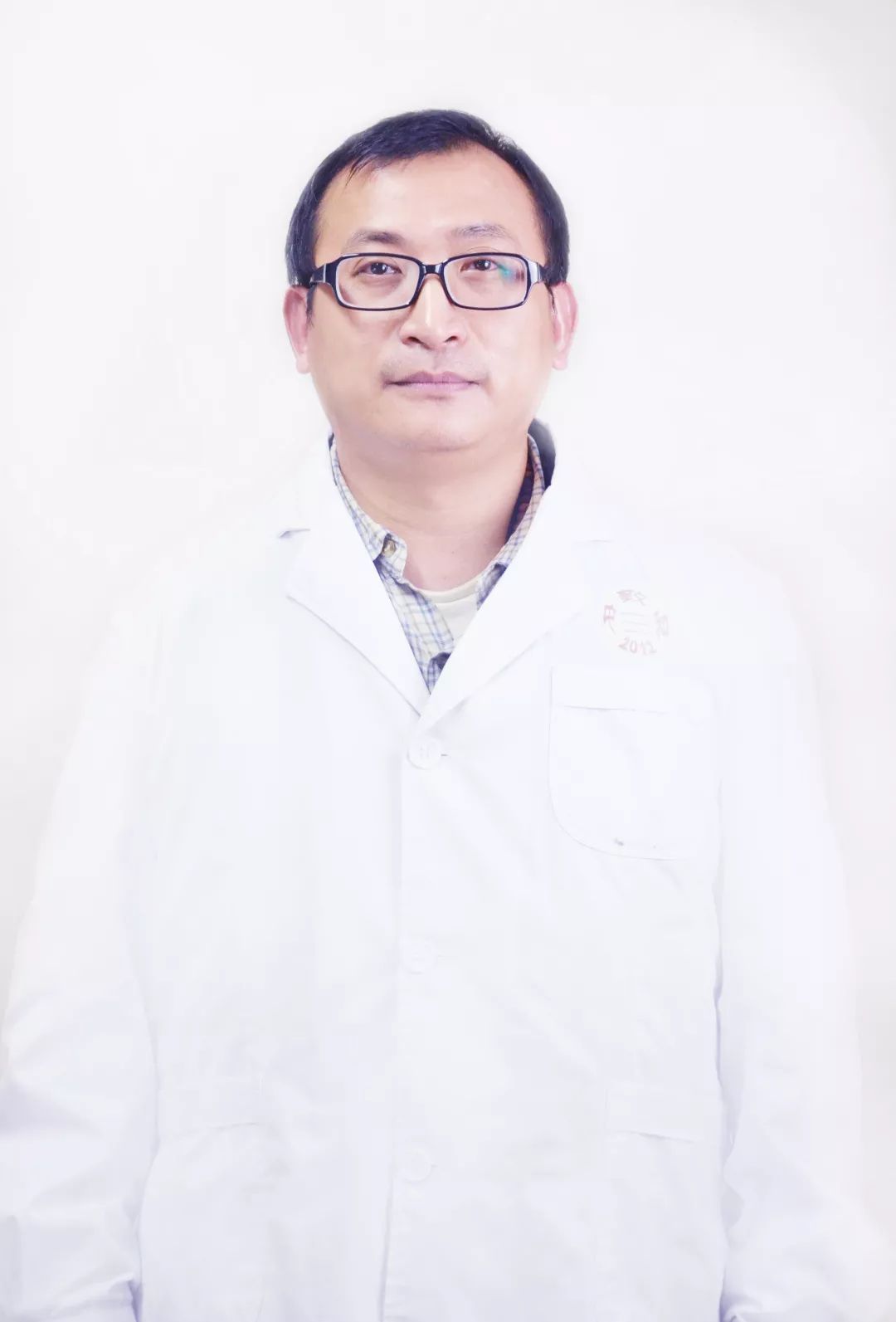
Chen Jianshan
Postdoctoral, Associate Professor, Licensed Physician
Graduated from Chengdu University of Traditional Chinese Medicine, then stayed at the university to engage in clinical practice, research, and teaching. Studied under renowned TCM experts such as Professor Chen Chaozu, Professor Zhang Zhiwen, and Professor Zhang Jiali.
Adheres to traditional TCM diagnostic and treatment thinking, using methods such as harmonizing the liver and spleen, warming and tonifying the spleen and kidneys, balancing yin and yang, and resolving phlegm and removing stasis to treat common, frequently occurring, and difficult diseases in internal medicine, gynecology, and pediatrics.
Inheriting and promoting TCM, a clinic with warmth.

Long press to identify the QR code and follow us

